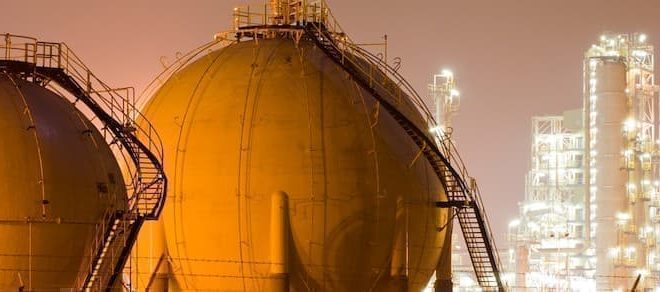Tesla energyTesla partners with US utility to build li-ion battery energy storage facility in California
PG&E will own the facility at its substation in Moss Landing, California, but the design, construction and maintenance operations will combine efforts by both by the San Francisco-based utility and the battery and electric vehicle manufacturing titan, Tesla, led by world renown entrepreneur Elon Musk.
Once completed, Moss Landing will be the largest utility-owned, li-ion battery energy storage system in the world, according to reports.
“Battery energy storage plays an integral role in enhancing overall electric grid efficiency and reliability, integrating renewable resources while reducing reliance on fossil fuel generation. It can serve as an alternative to more expensive, traditional wires solutions, resulting in lower overall costs for our customers,” Fong Wan, senior vice president, Energy Policy and Procurement, PG&E, was quoted. “The scale, purpose and flexibility of the Moss Landing Megapack system make it a landmark in the development and deployment of utility-scale batteries.”
Construction involves the installation of 256 Tesla Megapack battery units on 33 concrete slabs. The Megapack, which was launched by the company last year and is being made at the Tesla Gigafactory1 in Nevada, can store up to 3 MWh of electricity per unit.
Each unit houses batteries and power conversion equipment in a single cabinet. Transformers and switchgears will also be installed along with the Megapacks to connect energy stored in the batteries with the 115-kilovolt (kv) electric transmission system.
“This is no longer about cars,” billionaire investor Chamath Palihapitiya tells InsideEVs about Tesla. “Now I underwrite this company as a bet towards decarbonisation, towards deregulated energy, and towards the ability for all of us to become our [own] little micro-utilities.”
Forbes reports Tesla and PG&E will have the option to upgrade Moss Landing’s capacity to bring the system up to 1.2-gigawatt-hours which could, according to Tesla, power every home in San Francisco for six hours.
“Battery energy storage plays an integral role in enhancing overall electric grid efficiency and reliability, integrating renewable resources while reducing reliance on fossil fuel generation,” Wan is quoted. “The scale, purpose and flexibility of the Moss Landing Megapack system make it a landmark in the development and deployment of utility-scale batteries.”
The facility is expected to come online in 2021.

 Iran Energy News Oil, Gas, Petrochemical and Energy Field Specialized Channel
Iran Energy News Oil, Gas, Petrochemical and Energy Field Specialized Channel



